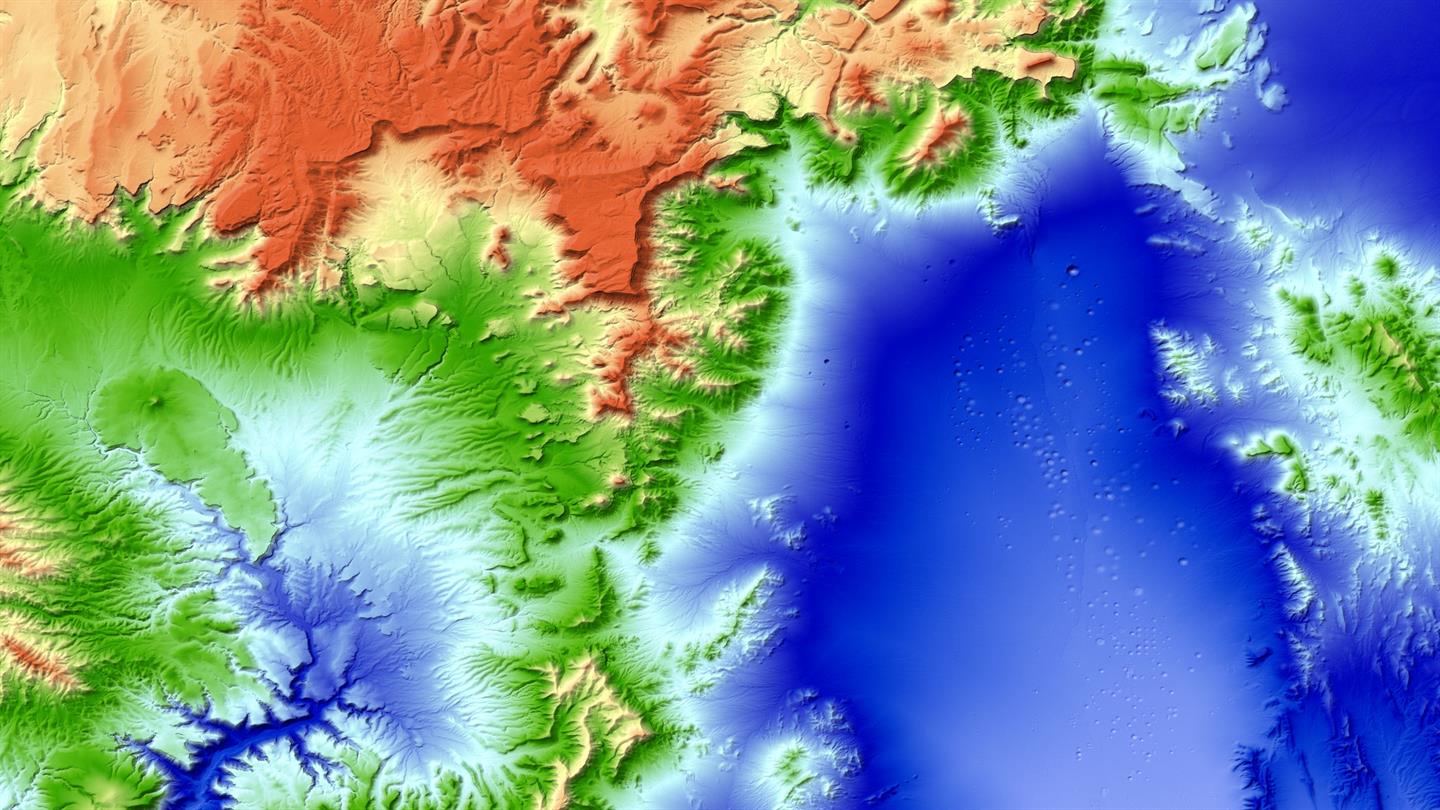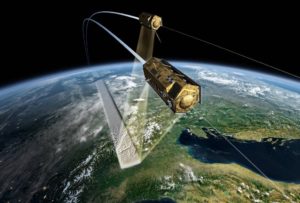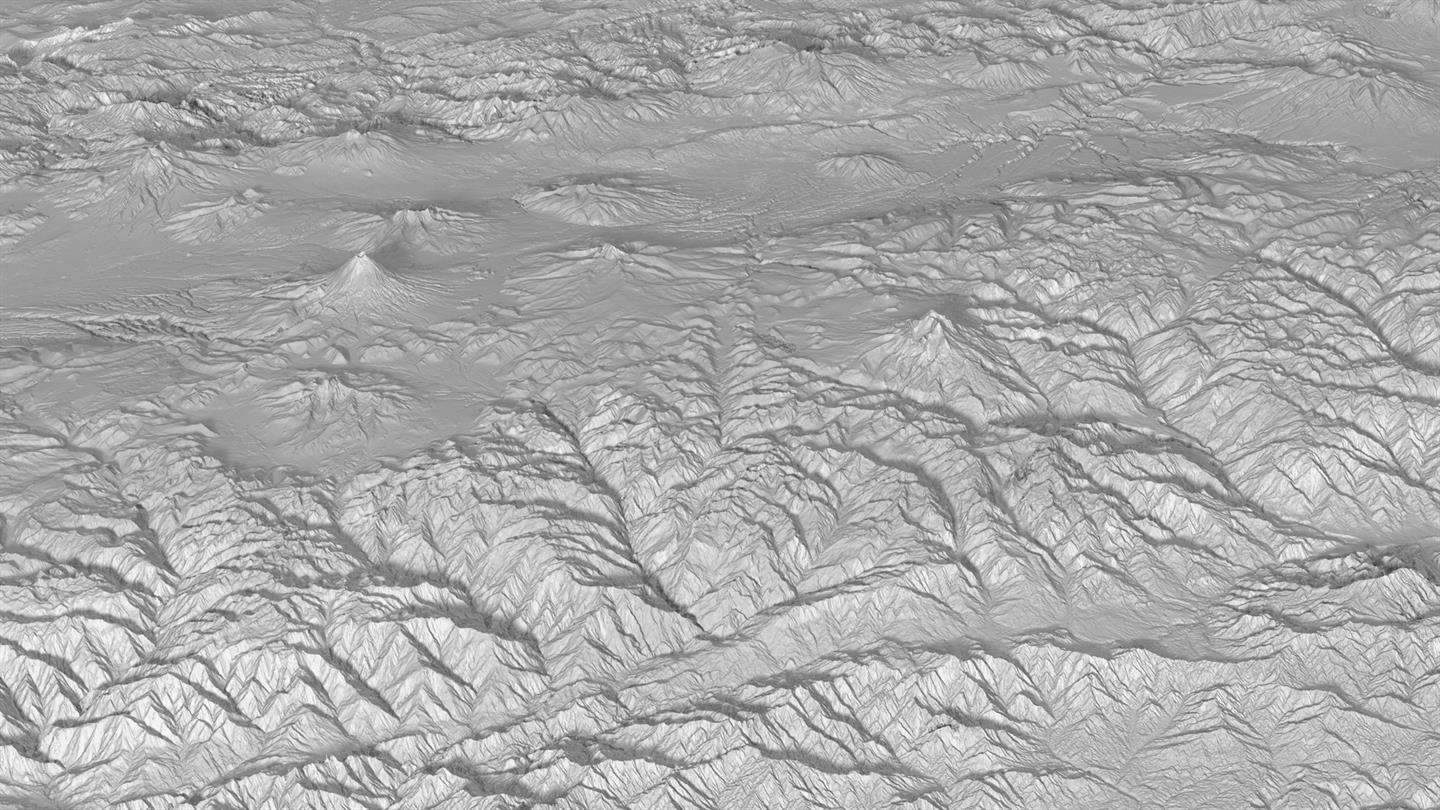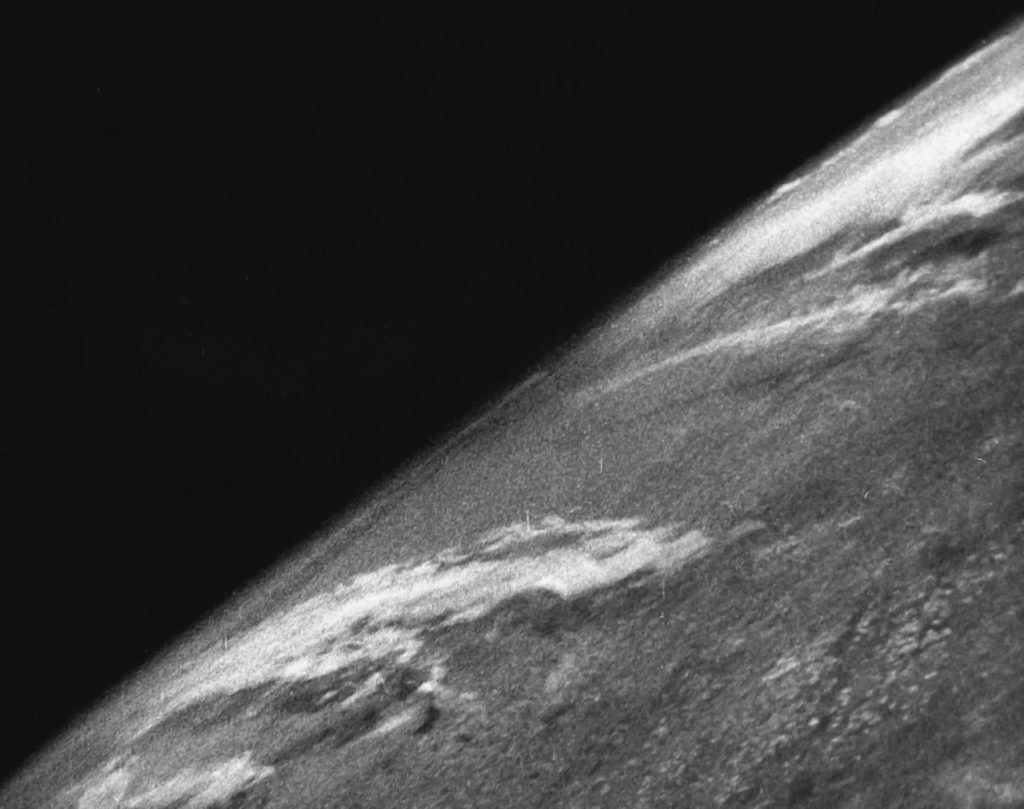
70 years ago the first image of Earth was taken from space
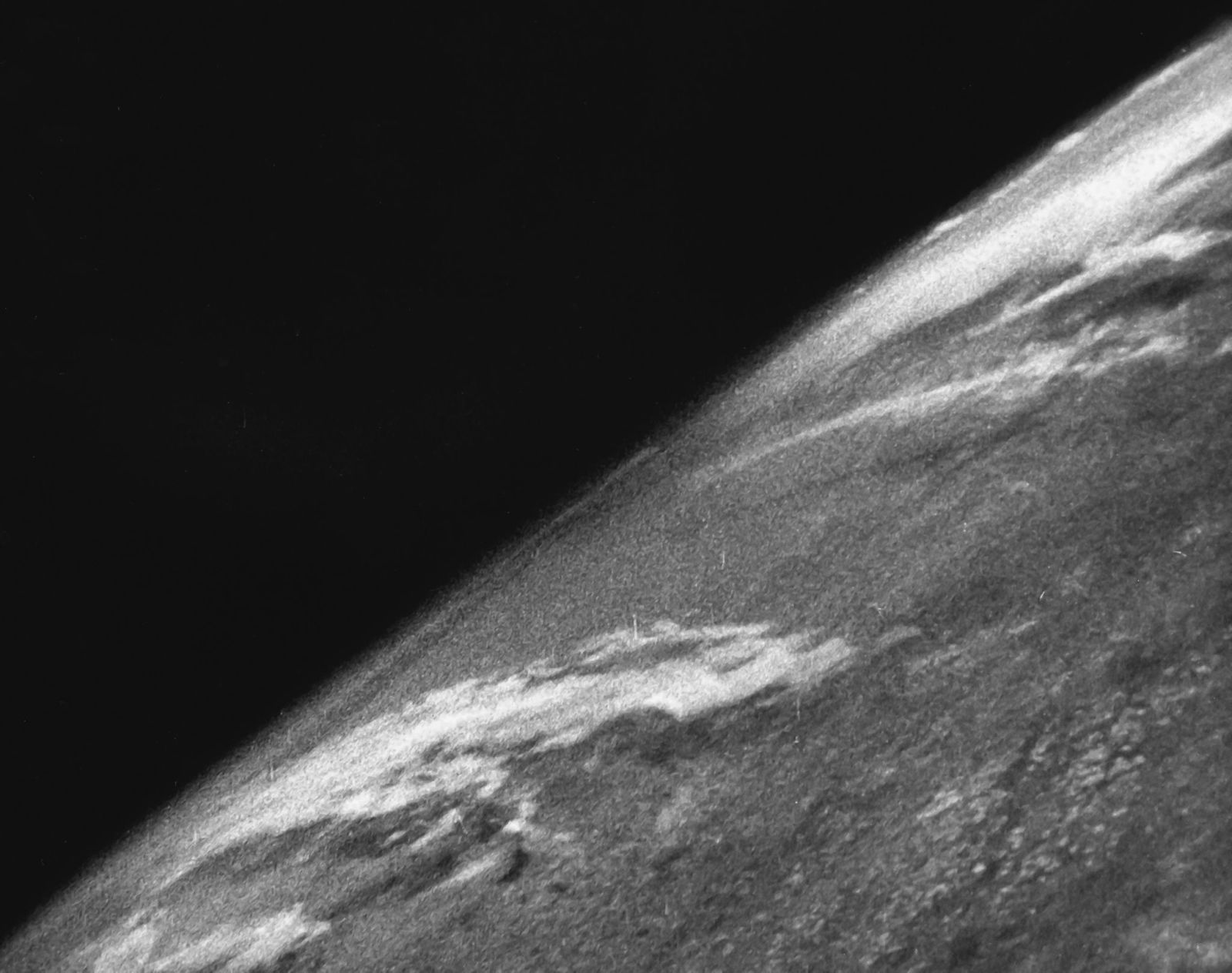
Today high accuracy satellite images are available to everyone: you can view them on Google Maps, you can buy them for your projects from websites like Terraserver, you can also treat them as an art project. But it was not always the case.
The first image of Earth has been taken 70 years on ago on October, 24th, 1946 with a camera installed on a rocket that launched from White Sands Missile Range, New Mexico.
The rocket was actually a Nazi V-2 ballistic missile prepared by a group of surrendered German rocket scientists. It flew to an altitude of about 65 miles (104 km) which is the agreed border of the outer space and took a series of pictures. The camera was enclosed in a steel case for protection as a few minutes later the camera hit the ground with an incredible speed.
According to the first hand reports, after retrieving the material from these early shots, the scientists went nuts, “They were ecstatic, they were jumping up and down like kids. When they first projected [the photos] onto the screen, the scientists just went nuts.”
The images taken by the camera were black-and-white and they didn’t show anything else than the Earth’s curvature and a cloud cover over the American Southwest but they paved the way remote sensing as we know it today.
Did you like this post about first image of Earth? Read more and subscribe to our monthly newsletter!




